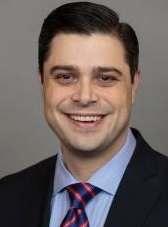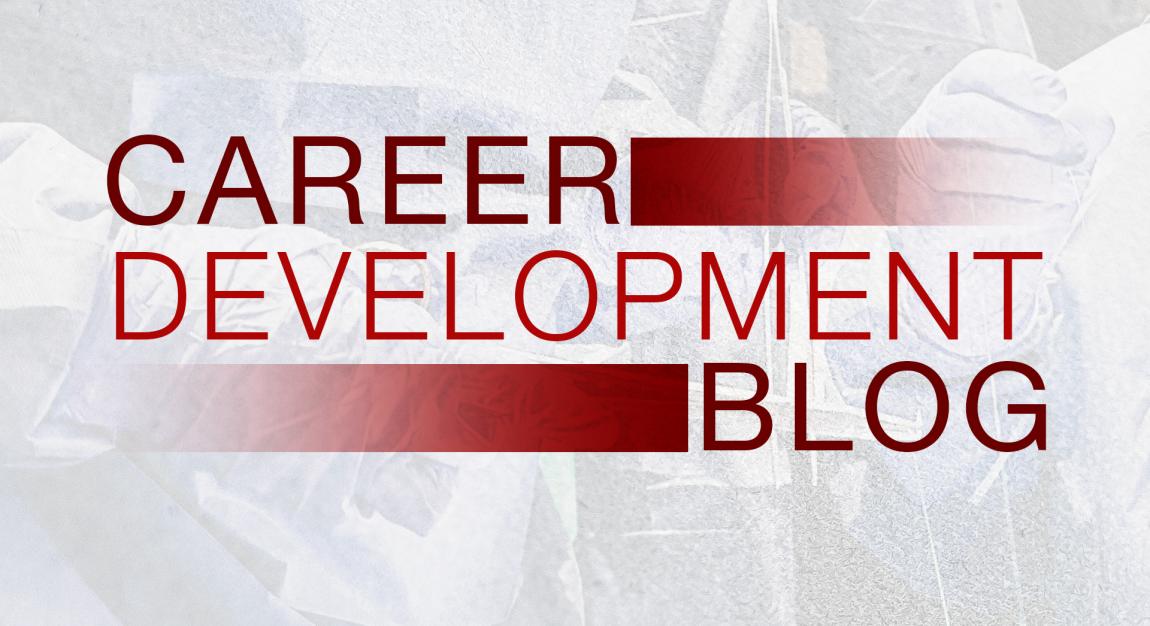
Surgical training prepares residents and fellows to deal with multiple (often high-stress) situations. Finding the ability to balance one’s professional, academic, and clinical responsibilities becomes requisite—and the sooner this is achieved, the better.
As trainees, we learn to balance our clinical load on a given surgical service, prepare for didactic teaching conferences and in-service training exams, and engage in research for presentation and publication, while still tending to the personal needs of our families. Although roles undoubtedly change as one transitions from surgical trainee to attending surgeon, the ability to multitask, compartmentalize, and focus is essential to grow in one’s career.
Defining the Challenges
Clinical
Regardless of your practice area, the clinical demands and expectations are substantial. Undoubtedly, your first and foremost responsibility is to develop yourself into the safest and most technically efficient surgeon possible. To do this, you must keep your hands moving. No one likes to see a surgeon sitting in an office too often or for too long—especially the surgeon.
Developing a consistent surgical practice requires patience, dedication, availability, and focus. Understanding patient referral patterns, fostering meaningful relationships with referring physicians, and cultivating a therapeutic relationship and alliance with each and every patient and their families are the first steps to establishing a “reputation” within a given medical community.
While this may consume a majority of your time, you also may be faced with countless other clinical responsibilities, including patient rounds, hospital committee or workforce activities, multidisciplinary conferences or tumor boards, and “on-call” coverage. When you add everything up, it is understandable why some forego the added responsibility of an academic career.
Academic
Academic endeavors for the practicing cardiothoracic surgeon are as diverse as the practice of surgery itself. While former generations of academic surgeons often pursued basic and translational basic science to augment their clinical careers, a major shift in interest and funding mechanisms over the past few decades have led many surgeons to engage in patient safety and surgical quality research. Surgical education also has become a common research interest, as surgical simulation has gained popularity in recent years. For most surgeons practicing in university settings, substantial academic productivity is required for promotions.
Administrative
The administrative responsibilities facing surgeons in the modern surgical era continue to evolve. Changes in hospital and departmental administrative roles, shifting insurance mandates and billing processes, and increasing leadership roles at the institutional, regional, and national levels may define the administrative demands of many surgeons. Further, the burden imposed by increasingly stringent documentation requirements for patient records and operative reports further add to the surgeon’s daily “to do list.” Pile on the extra responsibilities imposed by voluntary leadership positions within medical and/or surgical societies, and the need for finding balance with the aforementioned clinical and academic duties becomes even more urgent.
Putting It All Together: Finding the Balance
I determined very early in my training that developing a sense of balance in my professional (and personal) life required a clear, consistent approach to analysis and assessment. I likened my professional portfolio to that of a financial investment portfolio. There are safe opportunities with expectant rewards, and then there are those that are more risky (and perhaps more exciting) and have the potential for a bigger payoff.
Over the years, however, I’ve found that none of my professional “investments” had the potential for meaningful growth if my overall portfolio wasn’t diverse and balanced. Consequently, I became a strict believer in consistent and unwavering analysis of my professional portfolio.
Much like a financial advisor meets with their clients to develop a long-term plan, I strive for regular review of my professional plan with various mentors to assess for growth and balance. When one area of my portfolio (e.g., administrative) is underperforming relative to other areas (e.g., clinical or academic), I look for ways to “re-balance” my professional portfolio. Sometimes the direction in which to go is clear, but often it requires the counsel of trusted advisors.
When one area of my portfolio (e.g., administrative) is underperforming relative to other areas (e.g., clinical or academic), I look for ways to “re-balance” my professional portfolio.
With the tax season approaching, consider taking a lesson from the financial world. Develop personal and professional portfolios, analyze your current stocks, realize your tolerance for risk, and identify opportunities for diversification. Then begin the process of regularly reassessing your professional portfolio and working to balance your life. And, above all, don’t forget to ask for wisdom and guidance from your network of trusted advisors.
The opinions expressed in this article are those of the author and do not necessarily reflect the views of The Society of Thoracic Surgeons.
